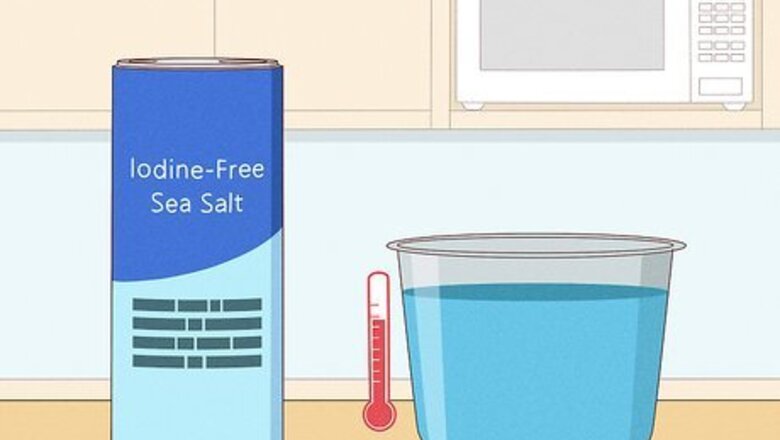
views
X
Expert Source
Alina Goldenberg MD, MAS, FAADBoard Certified Dermatologist
Expert Interview. 16 August 2021.
Making a sea salt soak is easy: simply combine ¼ teaspoon (1 g) of sea salt with 1 cup (237 ml) of warm distilled water. Keep reading to learn how to make a sea salt soak to help treat piercings and wounds. We’ll also tell you how to make relaxing feet and bath soaks, too.
- To help heal piercings and wounds, mix 1 c (237 ml) of warm distilled water with ¼ tsp (1 g) of sea salt. Soak gauze in the water and put it on the treatment area.
- Then, leave the gauze on your piercing or wound for up to 5 minutes. Apply the sea salt soak 2-3 times per day until the area is healed.
- To prepare a sea salt foot soak, fill a foot bath or basin with hot water and add 1 tbsp (13 g) of sea salt. Then, soak your feet for 15 minutes.
Making a Sea Salt Soak for Piercings and Wounds
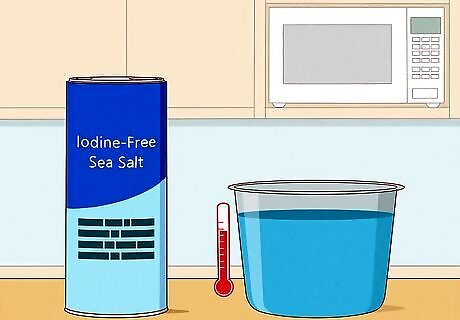
Mix 1 c (237 ml) of warm distilled water with ¼ tsp (1 g) of sea salt. Heat 1 cup (237 ml) of distilled water in the microwave or on your stove until it is warm, but not hot. Then, stir in ¼ tsp (1 g) of iodine-free sea salt until the salt is fully dissolved. Salt has antibacterial properties that help clean wounds, like piercings, and minor infections. This helps speed up the healing process. Do not use more than ¼ tsp (1 g) of sea salt, as too much salt can irritate or dry out your piercing or wound. Use store-bought distilled water, or distill your own water at home. If you don’t have sea salt, board-certified dermatologist Dr. Alina Goldenberg says “Epsom salts can be a helpful easy solution to exfoliate the skin and relieve inflammation, especially for conditions like psoriasis, eczema, [and] hemorrhoids.”
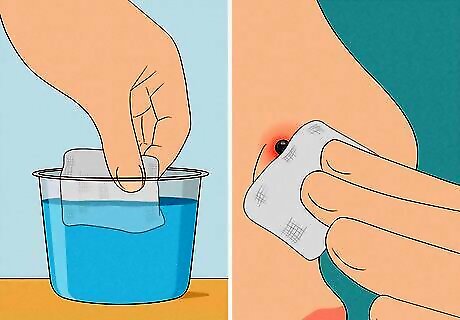
Dip gauze in the salt solution and place it on your piercing or wound. Place gauze or a sterile bandage in the sea salt soak until it’s fully wet. Then, drape the gauze over the area you want to heal, whether you’re treating a new piercing or a wound. Do not rub the wound with the gauze, as this can cause irritation. According to dermatologist Dr. Alina Goldenberg, “sea salt has been used for decades as a remedy for inflammatory skin conditions, particularly psoriasis” and can “improve psoriasis symptoms.” Alternatively, dip your wound into the solution if it’s in any easily accessible area, like on your hand or foot. Always wash your hands thoroughly before touching your piercing or wound to help prevent an infection.
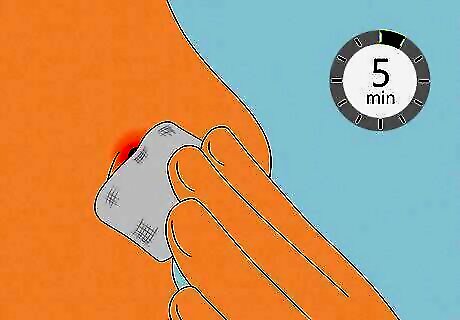
Soak your wound for up to 5 minutes, repeating 2 to 3 times per day. Hold the gauze-soaked solution on your piercing or wound for no more than 5 minutes; this is enough time to promote healing but prevent dryness and irritation. Just soak your piercing or wound 2 to 3 times each day until the area is healed. For instance, soak your wound in the morning, around lunch, and before you go to bed. Rinse the wound or piercing with water if the salt residue irritates your skin. If your piercing or wound starts to feel dry or irritated, only soak it once per day. Stop soaking your wound and visit your doctor if you notice signs of infection, like redness, soreness, swelling, and pus. Store any excess sea salt solution in a sealed container at room temperature.
Making a Sea Salt Foot Soak
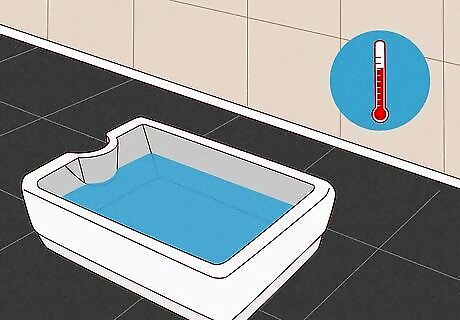
Fill a foot bath or shallow basin with hot water. If you have a foot bath, fill the bowl with comfortably hot water, which is typically around 100°F (38°C). Or, fill a bowl, basin, or your sink with hot water. Sea salt soaks are very relaxing and beneficial for your skin. They can boost skin hydration, improve the skin barrier, and soothe irritation. Sea salt soaks can also help ease symptoms related to psoriasis, rheumatoid arthritis, and atopic dermatitis.
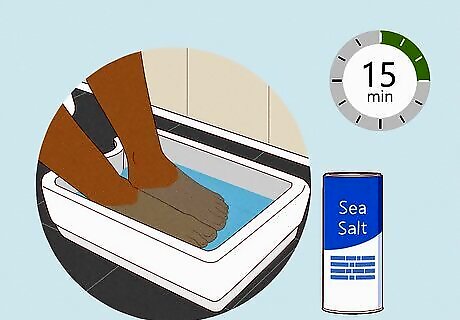
Mix in 1 tbsp (13 g) of sea salt and soak your feet for 15 min. Stir 1 to 2 tablespoons (13-26 g) of sea salt into the hot water until it’s fully dissolved. Then, move to a comfortable spot, put your feet in the salt water, and relax for about 15 minutes. Add fragrance to the foot soak for a more relaxing experience. For instance, drop in a handful of dried rose petals or chamomile petals. Or, add a few drops of your favorite essential oil, like lavender or bergamot. If your feet feel irritated, add less sea salt.
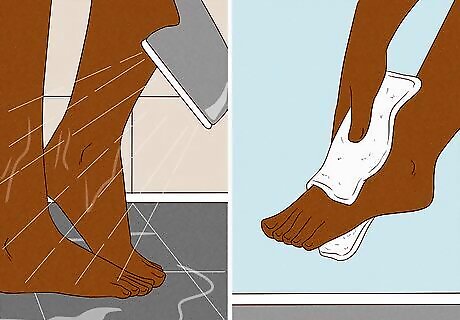
Rinse your feet with water and dry them with a towel. Wash off any salty residue with warm water. Then, use a clean, dry towel to pat your feet dry. Exfoliate your feet with a pumice stone or foot file after drying them for extra rejuvenation. Soak your feet once per day to feel the sea salt’s benefits.
Preparing a Sea Salt Bath Soak
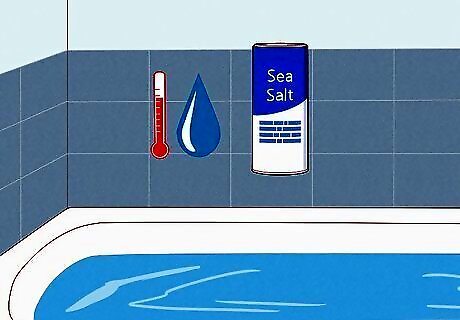
Add ½ cup (120 g) of sea salt to a hot bath and soak for 10-20 minutes. Fill your bathtub with comfortably hot water. Then, pour in ½ cup (120 g) of sea salt and swirl the water to help it dissolve. Simply soak in the tub for 10 to 20 minutes to feel the sea salt’s relaxation and skin rejuvenation benefits! Alternatively, make your own bath salts by combining equal parts sea salt and Epsom salt. Then, add in your favorite essential oils, dried herbs, or flower petals.

Take a bath with sea salt whenever you need to relax and unwind. Sea salt bath soaks are primarily used for their calming effects, so draw up a bath whenever you want to unwind or feel under the weather. Like other sea salt soaks, the bath can also help heal wounds, calm irritation, and improve your skin.


















Comments
0 comment